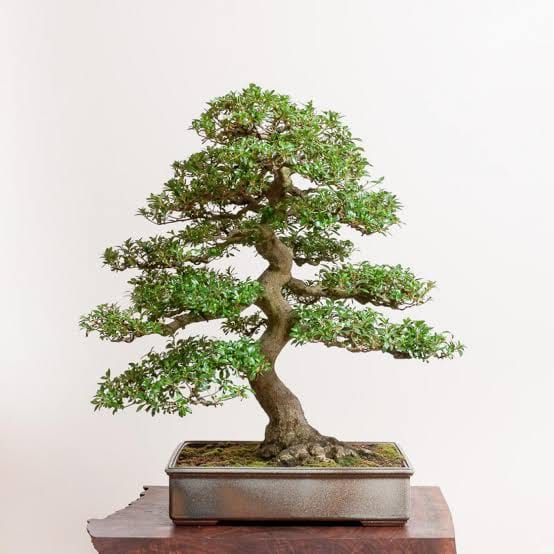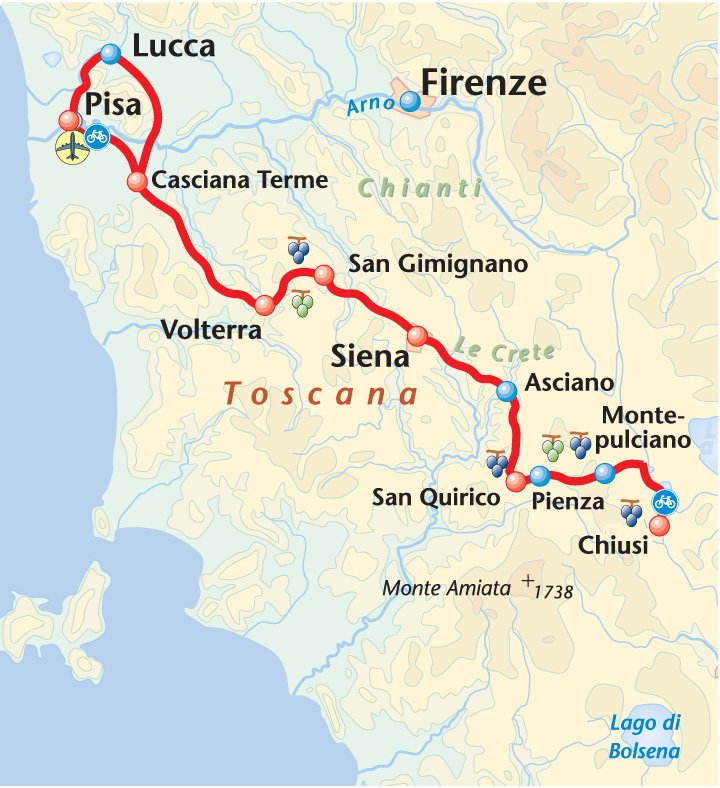Creating a Majestic Metasequoia Bonsai Forest - A Comprehensive Guide

Unlocking the Secrets of Metasequoia Bonsai Forest
Creating a majestic Metasequoia Bonsai Forest is an art form that requires patience, dedication, and a deep understanding of these ancient trees. In this comprehensive guide, we will delve into the world of Metasequoia Bonsai and explore the unique characteristics of these trees, the benefits of growing a Bonsai Forest, and provide expert tips on how to create a stunning Metasequoia Bonsai Forest.
Discover the Art of Creating a Stunning Metasequoia Bonsai Forest
Metasequoia trees, also known as Dawn Redwoods, are native to China and are considered living fossils. They are known for their striking, conical shape and soft, feathery foliage. When grown as a Bonsai Forest, Metasequoia trees can create a breathtakingly beautiful display of nature's artistry. To create a stunning Metasequoia Bonsai Forest, one must first understand the art of Bonsai cultivation, including pruning, wiring, and repotting techniques.
Learn About the Unique Characteristics of Metasequoia Trees
Metasequoia trees have several unique characteristics that make them ideal for Bonsai cultivation. They are deciduous, meaning they shed their leaves in the fall, creating a beautiful display of golden foliage. They also have a shallow root system, making them perfect for shallow Bonsai pots. Additionally, Metasequoia trees are relatively small, growing up to 10 feet tall, making them ideal for indoor or outdoor Bonsai displays.
Explore the Benefits of Growing a Bonsai Forest
Growing a Bonsai Forest offers numerous benefits, including:
- Improved air quality: Bonsai trees are known to purify the air and improve air quality.
- Stress relief: Tending to a Bonsai Forest can be a calming and meditative experience.
- Aesthetic appeal: A well-crafted Bonsai Forest can add beauty and serenity to any space.
- Connection with nature: Growing a Bonsai Forest allows one to connect with nature and appreciate its beauty.
By understanding the unique characteristics of Metasequoia trees and the benefits of growing a Bonsai Forest, one can unlock the secrets of creating a majestic Metasequoia Bonsai Forest. With patience, dedication, and practice, anyone can create a stunning display of natural beauty that will bring joy and serenity to their lives.
Choosing the Right Metasequoia Trees for Your Bonsai Forest
When creating a majestic Metasequoia bonsai forest, selecting the right trees is crucial for a harmonious and thriving miniature landscape. In this section, we will delve into the key factors to consider when choosing the perfect Metasequoia trees for your bonsai forest.
Understand the Differences Between Dawn Redwood (Metasequoia glyptostroboides) and Coast Redwood (Sequoia sempervirens)
Metasequoia glyptostroboides, also known as Dawn Redwood, and Sequoia sempervirens, commonly referred to as Coast Redwood, are often confused due to their similar appearances. However, understanding their distinct characteristics is vital for making an informed decision.
- Metasequoia glyptostroboides:
- Native to China
- Deciduous, with soft, feathery foliage
- Conical shape, with a straight trunk
- Can tolerate a wide range of soils and climates
- Sequoia sempervirens:
- Native to the Pacific coast of North America
- Evergreen, with dense, prickly foliage
- Columnar shape, with a fibrous, reddish-brown trunk
- Prefers well-drained soil and a mild, humid climate
Select Trees with Suitable Trunk Sizes and Branch Structures
When choosing Metasequoia trees for your bonsai forest, consider the trunk sizes and branch structures to create a balanced and visually appealing composition.
- Trunk size:
- Choose trees with trunks of varying sizes to create depth and visual interest
- Consider the scale of your bonsai forest and select trees that fit within the desired range
- Branch structure:
- Look for trees with well-spaced, radial branches for a natural, harmonious appearance
- Consider the branch angles and shapes to create movement and flow in your bonsai forest
Consider the Space and Climate Requirements for Your Bonsai Forest
Before selecting your Metasequoia trees, ensure you have a clear understanding of the space and climate requirements for your bonsai forest.
- Space:
- Consider the mature size of the trees and leave enough space for growth and pruning
- Plan for adequate space between trees to maintain air circulation and prevent overcrowding
- Climate:
- Choose trees that thrive in your local climate or can be protected from extreme weather conditions
- Consider the temperature, humidity, and sunlight requirements for your Metasequoia trees
By carefully considering these factors, you will be able to select the perfect Metasequoia trees for your bonsai forest, setting the stage for a breathtaking and thriving miniature landscape.
Designing and Planting Your Metasequoia Bonsai Forest
Creating a majestic Metasequoia Bonsai Forest requires careful planning and execution. In this section, we will guide you through the process of designing and planting your Bonsai Forest, ensuring a natural and harmonious arrangement of your trees.
Plan the Composition and Layout of Your Bonsai Forest
Before planting, take time to envision the final look of your Bonsai Forest. Consider the following:
- Balance: Distribute trees of varying heights and densities to create visual equilibrium.
- Harmony: Group trees with similar characteristics, like trunk thickness or foliage color, to create a sense of unity.
- Contrast: Incorporate different textures, shapes, and sizes to add depth and interest.
- Proportion: Ensure the scale of your trees and containers is proportional to each other and the surrounding environment.
Learn How to Plant and Arrange the Trees for a Natural Look
To achieve a natural, forest-like atmosphere:
- Plant trees at varying depths and angles to mimic nature's randomness.
- Use a mix of formal and informal planting styles to create visual interest.
- Leave enough space between trees for proper growth and air circulation.
- Consider the mature size of each tree when planting to avoid future overcrowding.
Understand the Importance of Soil and Drainage
A well-draining soil mix specifically designed for Bonsai trees is crucial:
- Prevents waterlogged soil, reducing the risk of root rot and disease.
- Retains moisture, yet allows excess water to drain, minimizing the need for frequent watering.
- Provides essential nutrients for healthy tree growth.
By carefully planning and executing the design and planting of your Metasequoia Bonsai Forest, you will be well on your way to creating a breathtaking and thriving miniature forest.
Caring for Your Metasequoia Bonsai Forest
Creating a majestic Metasequoia bonsai forest requires dedication and proper care. To ensure the health and longevity of your miniature trees, focus on mastering the essential techniques of watering, pruning, and fertilizing, as well as learning pest and disease control methods and understanding the importance of regular maintenance.
Mastering the Art of Watering
Watering is a critical aspect of caring for your Metasequoia bonsai forest. Over-watering can lead to root rot, while under-watering can cause stress and weakness. Check the soil moisture daily, and water only when necessary. Water thoroughly, making sure the soil is moist but not waterlogged.
The Pruning Process
Pruning is an essential technique for maintaining the shape and size of your bonsai trees. Prune branches and roots regularly to promote healthy growth and prevent overgrowth. Use sharp, sterile tools to prevent spreading diseases.
Fertilizing for Healthy Growth
Fertilize your Metasequoia bonsai forest during the growing season (spring-fall) with a balanced, water-soluble fertilizer. Dilute the fertilizer to half the recommended strength to prevent burning the roots. Apply fertilizer once a month, taking breaks during the dormant season (winter).
Controlling Pests and Diseases
Regularly inspect your bonsai forest for signs of pests or diseases, such as spider mites, mealybugs, or root rot. Use organic or chemical controls as needed, following the product's instructions carefully. Practice good hygiene, and quarantine infected trees to prevent the spread of disease.
The Importance of Regular Maintenance
Regular maintenance is crucial for the health and longevity of your Metasequoia bonsai forest. Check the trees daily for water and nutrient needs, and perform tasks like pruning and fertilizing on a regular schedule. Monitor for pests and diseases, and take action promptly to prevent the spread.
Tips and Tricks for Creating a Thriving Metasequoia Bonsai Forest
Creating a majestic Metasequoia bonsai forest requires patience, dedication, and the right techniques. Here are some valuable tips and tricks to help you achieve a thriving miniature forest:
1. Use Proper Wiring Techniques to Shape Your Trees
Wiring is an essential technique in bonsai cultivation, and it's crucial to do it correctly to avoid damaging your trees. Use aluminum or copper wire to gently shape your Metasequoia trees, taking care not to constrict the trunk or branches. Regularly inspect and adjust the wire to ensure it's not causing any harm.
2. Create a Balanced and Harmonious Composition
A well-balanced composition is vital for a visually stunning bonsai forest. Consider the placement of each tree, taking into account their height, shape, and foliage. Aim for a natural, asymmetrical arrangement that creates depth and visual interest. Experiment with different configurations until you find a harmonious balance.
3. Monitor and Adjust Your Care Routine as Needed
Metasequoia trees have specific needs, and it's essential to monitor their health and adjust your care routine accordingly. Keep an eye on factors like watering, fertilization, pruning, and repotting. Be prepared to make changes as your trees grow and thrive, and don't hesitate to seek advice from experienced bonsai enthusiasts if you're unsure.
Conclusion: Bringing Your Metasequoia Bonsai Forest to Life
In this comprehensive guide, we've embarked on a journey to create a breathtaking Metasequoia Bonsai Forest. Let's recap the key takeaways to ensure your project flourishes:
- Choose healthy Metasequoia trees with suitable trunk sizes and root systems.
- Select a shallow, wide container with proper drainage to accommodate the forest.
- Design a balanced composition, considering tree placement, space, and visual flow.
- Use suitable soil mix, watering, and fertilization techniques to promote healthy growth.
- Prune and train trees regularly to maintain shape, size, and harmony.
- Monitor and adapt to changing environmental conditions.
Now that you're equipped with the knowledge, get inspired to start your own Bonsai Forest project! Imagine the serenity and beauty it will bring to your space. Continuously learn and improve your Bonsai skills by:
- Exploring online resources, workshops, and expert guidance.
- Joining Bonsai communities to share knowledge and experiences.
- Experimenting with new techniques and tree species.
Remember, creating a majestic Metasequoia Bonsai Forest requires patience, dedication, and passion. Embrace the journey, and soon you'll be surrounded by the tranquility and wonder of your thriving Bonsai Forest.











Comments ()